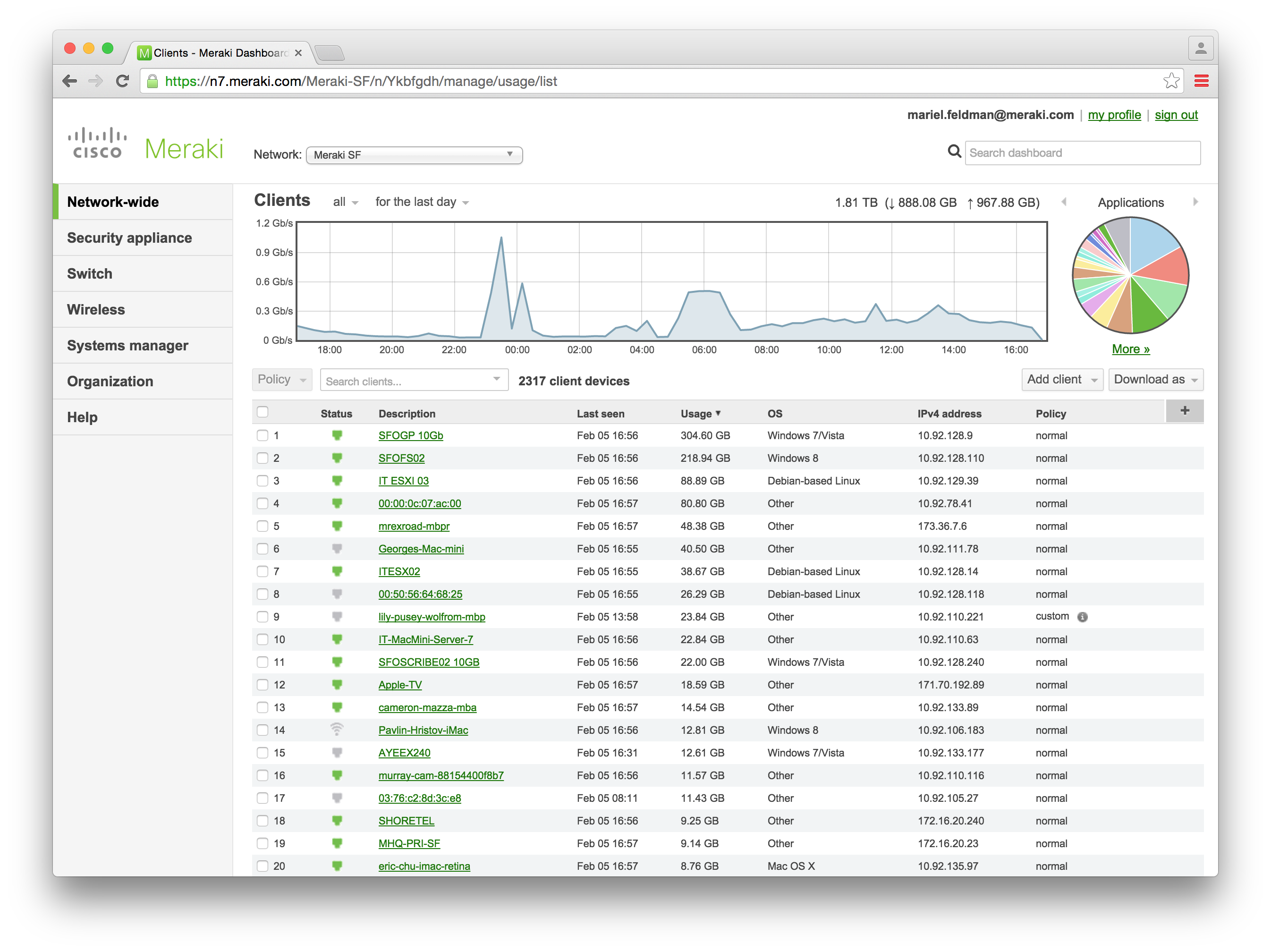Schools will be no exception when it comes to implementing the digital transformation, and expectations and requirements are constantly evolving. Tablets are used in lessons, access to school servers is required for project work, visiting speakers need to access the internet. Network connections via WLAN are the obvious solutions when it comes to the simple, wide-area deployment of modern teaching media. However, there are many points to consider when installing a WLAN throughout an entire school.
Special requirements – special challenges
Most schools have now had some experience with WLAN over the last few years, but it has seldom been really positive. In the past, wireless networks were significantly more susceptible to faults and required more maintenance than wired networks.
This was because of the technology used. In particular, those systems with older WLAN standards are prone to considerable problems when a large number of devices are all connected to the web at one time. Loss of connection or poor data rates are inevitable in such set-ups. But poor concepts, too few access points, chaotic network infrastructures and confusing policy also hamper many schools in their efforts to provide a powerful and stable WLAN.
The new WLAN solutions from manufacturers such as Cisco, Meraki and Juniper Mist can help to remedy a lot of these problems, and it is not only the WLAN technology that has improved. Manufacturers have also done a lot to improve management, policy enforcement and network transparency.

The Meraki Dashboard provides an overview of all network metrics. So you can keep everything in view.
It’s management that makes the difference
One factor is the management structure. Whereas on-premise hardware controllers are still available from Cisco, its subsidiary Meraki opts for software controllers. On the other hand Mist, a subsidiary of Juniper, employs microservices rather than a conventional controller solution.
The concept chosen also has a considerable effect on how network configuration and network monitoring can be implemented. At this point, it is a good idea to examine the solutions in greater detail or to ask for advice, as the solution selected should also fit in with the existing infrastructure.
For most IT administrators there are more pressing issues than the architecture or indeed the absence of the network controller. These include the question of how easy it is to implement user management and policy enforcement. With regard to these aspects, there are now fundamentally new concepts that make life easier for administrators.
Microsegmentation of users enhances security
Creating a secure yet reliable and easy-to-use network solutions is an issue that causes a lot of headaches. Organisations are usually advised to create separate networks for user groups. For example one network for administration and one for teachers as well as a pedagogical network for teachers and pupils. However, this also creates a source of errors and data privacy violations.
Modern security networks are no longer based on setting up separate networks for groups – be they physical or virtual. The preference now is for a policy-based, user-centred security solution, whereby users only receive the rights they actually need.
At first, this may sound as if a massive amount of configuration work is needed. But that is no longer the case. Automated microsegmentation on a user basis can be carried out for all users via the dashboard solutions provided by the above-mentioned manufacturers. Each user only receives those rights that he or she actually needs in the network. Teachers would no longer have to change between SSIDs, or differentiated access to online resources appropriate to the age group could be granted to the various grades. And all this can be implemented quickly and easily thanks to automation via API or dashboard. Even for small IT teams, it is then child’s play to set up professional networks that are not only simple to use but also secure.
Troubleshooting and network transparency
However, the dashboard is not only for configuration purposes. A further advantage is that all network-related information is compiled here. Network problems become apparent at a single glance as well as the areas or access points that are affected. In addition, manufacturers provide network monitoring, which also enables errors to be detected retrospectively without them having to be reproduced.

Furthermore, Mist focuses on user experience and allows the definition of service level expectations. With this approach, the health of the network is not measured according to criteria such as the uptime of the access points but according to how users experience the performance of the network based on applications.
The all-round solutions provided by the manufacturers also allow traffic monitoring and policy enforcement, such as the blocking of websites with content harmful to young people. Peer-to-peer traffic can also be monitored. Should any irregularities occur, the user can be warned or disconnected from the internet by policy enforcement that only affects the device or user concerned.
Manufacturers such as Cisco Meraki and Juniper Mist offer many additional features aimed at relieving administrators’ workload and improving the quality of networks. In addition, the benefits of machine learning and artificial intelligence are increasingly being used to ensure that everything runs smoothly. Why not arrange a no-obligation consultation to determine which solution is best suited to your network and your requirements? We’ll be glad to help!
Questions?
Just ask!
I am Sebastian Wiedemann from the HCD sales team. I will be happy to advise you or assist you with any questions. You can phone me on +49 89 215 36 92-0 or reach me using our contact form.
Contact us
 Deutsch
Deutsch

